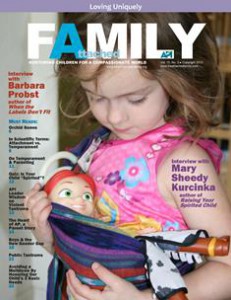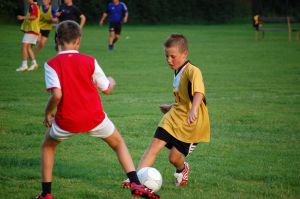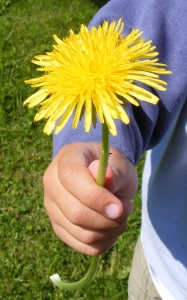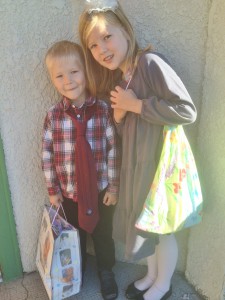 “One in eight children suffer from anxiety. Many kids miss school, social activities and a good night’s rest just from the worried thoughts in their head. Many parents suffer from frustration and a feeling of helplessness when they witness their child in this state day in, day out.” ~ Renee Jain, “9 Things Every Parent with an Anxious Child Should Try“
“One in eight children suffer from anxiety. Many kids miss school, social activities and a good night’s rest just from the worried thoughts in their head. Many parents suffer from frustration and a feeling of helplessness when they witness their child in this state day in, day out.” ~ Renee Jain, “9 Things Every Parent with an Anxious Child Should Try“
We all want to raise happy, healthy, confident children. But some children seem to have a harder time at managing their anxiety than others.
We see this even with infants. Some babies, from birth, have what we refer to as a high-needs temperament. They demand to be held more and fed more. They seem to need more attention and to be overall more intense.
 And in fact, they are more intense and need more attention, from a biological standpoint. I spoke with Dr. Jerome Kagan, PhD, one of the key pioneers in the field of developmental psychology, for Attachment Parenting International‘s “Loving Uniquely” issue of Attached Family magazine. Much of what we know about child temperament can be traced back to Dr. Kagan’s research into the intersection of nature-nurture in child temperament.
And in fact, they are more intense and need more attention, from a biological standpoint. I spoke with Dr. Jerome Kagan, PhD, one of the key pioneers in the field of developmental psychology, for Attachment Parenting International‘s “Loving Uniquely” issue of Attached Family magazine. Much of what we know about child temperament can be traced back to Dr. Kagan’s research into the intersection of nature-nurture in child temperament.
RITA: What were the biggest discoveries in your research?
DR. KAGAN: The biggest discoveries were the two temperaments we call “high reactive” and “low reactive.” High-reactive temperaments are difficult as infants, but proper rearing can offset the anxiety that is common when they are children.
The second related discovery was that these two groups have different brain chemistry.
RITA: Is it so much the child’s temperament that is challenging in a family, or is it rather the temperamental differences between a child and the parent?
DR. KAGAN: The difficulty rests with the fact that the parent is either guilty over her child, frustrated over the inability to alter the child’s behavior or becomes angry at the child. Be patient. Don’t blame the child. Try to change the child with consistent practices.
RITA: How can parents use temperament research in relating to and raising children that they may find challenging?
DR. KAGAN: The key is to initially not blame the child and to avoid blaming oneself for the difficulty, and try to socialize the child with gentle but consistent discipline.
So what, exactly, works to ease our children’s anxiety, especially if they’re prone to worry?
Should we push them beyond their comfort zone? Should we avoid anything that scares them? Should we pretend our child’s anxiety isn’t that big of deal? Renee Jain, a blogger at GoStrengths, gives nine really great, Attachment Parenting-minded tips in her Huffington Post article, “9 Things Every Parent with an Anxious Child Should Try.”
After earning a Bachelor of Science in Finance, Renee Jain pursued a Master of Applied Positive Psychology and now coaches parents on how to teach resilience and happiness skills to tweens and teens.
Let’s look at the first of Renee’s 9 suggestions for parents of anxious children in her article:
1. Stop reassuring your child — Your child worries. You know there is nothing to worry about, so you say, “Trust me. There’s nothing to worry about.” Done and done, right? We all wish it were that simple. Why does your reassurance fall on deaf ears? It’s actually not the ears causing the issue. Your anxious child desperately wants to listen to you, but the brain won’t let it happen. During periods of anxiety, there is a rapid dump of chemicals and mental transitions executed in your body for survival. One by-product is that the prefrontal cortex — or more logical part of the brain — gets put on hold while the more automated emotional brain takes over. In other words, it is really hard for your child to think clearly, use logic or even remember how to complete basic tasks. What should you do instead of trying to rationalize the worry away? Try something I call the FEEL method:
Freeze — pause and take some deep breaths with your child. Deep breathing can help reverse the nervous system response.
Empathize — anxiety is scary. Your child wants to know that you get it.
Evaluate — once your child is calm, it’s time to figure out possible solutions.
Let Go — Let go of your guilt; you are an amazing parent giving your child the tools to manage their worry.








